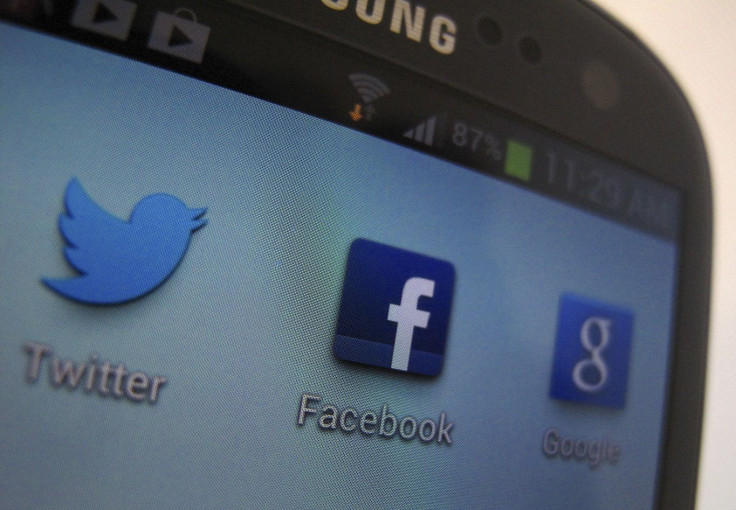Mobile interstitial ads scare users away

Interstitial ads don’t work, according to some companies that have tried the apparently invasive form of mobile advertising. Case in point: Google finally let go of its pop-up "Get the App" ads after its test showed that it leads majority of the users to abandon the site entirely rather than download the mobile app.
According to a post in the Google Webmaster Central Blog , the Google+ team already had their doubts that these invasive ads called "interstitials" are not positively contributing to the overall user experience. Upon conducting a test, they found out that their suspicions were true: only nine percent of visits resulted in the "Get the App" button being pressed, but as much as 69 percent left the mobile page entirely without getting the app or continuing to the mobile site.
But while interstitials are deemed intrusive by a majority of Google+ users, other types of ads just might work. When the team replaced the interstitial with a less-intrusive banner ad for the app, the results were surprising: Active users on the mobile site increased by 17 percent, while native Google+ app installs only saw an insignificant two percent decrease.
"Based on these results, we decided to permanently retire the interstitial," David Morell, a software engineer for Google+, said. "We believe that the increase in users on our product makes this a net positive change."
Google hopes that this will encourage other mobile sites to stop the use of interstitials entirely. "We are sharing this with the hope that you will reconsider the use of promotional interstitials," Morell also said.
One alternative to these interstitial ads is native advertising , which is generally 53 percent more effective than the banner ads that Google+ used to lure its users to its mobile site. In fact, viewers spend nearly the same amount of time reading editorial content and native ads, at 1.2 seconds and 1 second, respectively. Many brands are already leveraging the power of native advertising, including business news and finance app Born2Invest . Instead of using traditional banner ads, the app publishes sponsored posts that do not add to the noise and clutter of its minimalistic interface. Because of this, user experience is not compromised.
Similarly, the New York Times is not impressed with interstitial ads. The publication is on its way to making a similar move as that of Google's. "We're retiring at some point later this summer — maybe early fall when we can run the last one that's already been sold—we're retiring mobile interstitials," said New York Times Chief Revenue Officer Meredith Levien.
Instead, the New York Times is going to roll out a new ad format on September that is similar to Facebook's and Twitter's in-feed mobile ads. Called Mobile Moments, the ads will be customised to the seven moments in a given day that are most important to readers, as identified through a 12-month study conducted by the Times' editorial product team. These ads are not designed to be as interruptive as mobile interstitials, although they'll still be attention-grabbing.
"It's going to take some time to get there, but we'd like to be in a position where all of the atomic units of advertising are relatively similar to, if not the same as, the atomic units of editorial content," said Levien.
Contact the writer at feedback@ibtimes.com.au, or let us know what you think below.




















